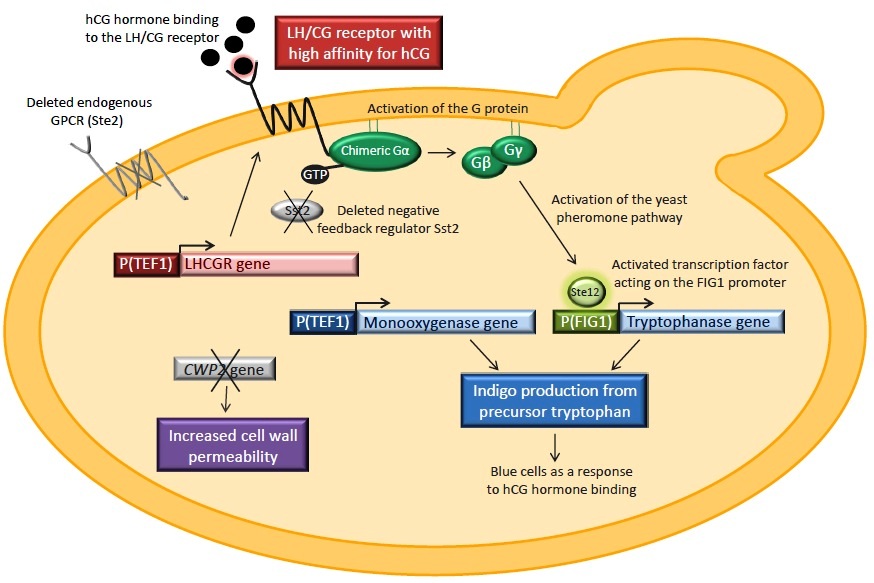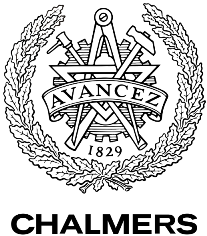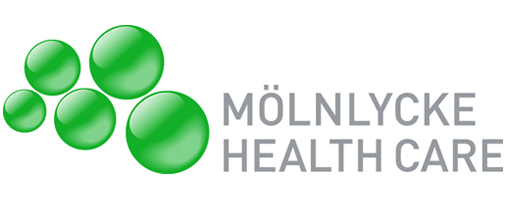Team:Chalmers-Gothenburg/Biodetection of hCG
From 2012.igem.org
Biodetection of hCG hormone
Saccharomyces cerevisiae will be modified in such a way that the yeast cell should function as a biosensor for the human chorionic gonadotropin hormone (hCG). This hormone is produced in the body during pregnancy and consequently, the idea for the biosensor is to function as a simple pregnancy test.
To construct the biosensor, the Ste2 receptor in the yeast pheromone signaling pathway will be replaced by the human luteinizing hormone receptor (LH/CG), which is the receptor that hCG binds to with high affinity. The yeast strain that will be used contains a yeast/human chimeric Gα subunit, enabling coupling of the receptor with the already existing pheromone pathway in yeast. Consequently, binding of hCG should result in activation of the pathway. The genes tnaA and fmo, encoding tryptophanase and flavin-containing monooxygenase respectively, will also be introduced into the yeast strain. These enzymes catalyze the conversion of tryptophan to indigo. tnaA will be set under the control of the pheromone induced FIG1 promoter and fmo of the constitutive TEF1 promoter. Hence, detection of hCG should result in the production of bio-indigo. Another modification will be the deletion of the gene CWP2, encoding a cell wall mannoprotein, in order to ensure hCG to pass the yeast cell wall.
The biological construct - an overview. The yeast strain that will be used has the endogenous GPCR Ste2 deleted in order to prevent it from isolation G proteins in inactive complexes. It also contains a yeast/human chimeric Gα subunit which should ensure the interaction of the human GPCR with the yeast pheromone pathway. Our project includes the constitutive expression of the humam luteinizing hormone receptor (LHCGR) and the insertion of two genes encoding indigo synthesising enzymes (flavin-containing monooxygenase and tryptophanase) whereof the tryptophanase will be coupled with the pheromone pathway by fusing it to a pheromone-induced promoter. The monooxygenase will be expressed constitutively. Another part of the project is the deletion of the CWP2 gene, encoding a cell wall mannoprotein, in order to increase the cell wall permeability. This is done in oder to enhance the chances of the hCG hormone to pass the yeast cell wall and to bind to the receptor. Summarizing, binding of hCG to the LH/CG receptor will lead to the activation of the G protein, which in turns activates the pheromone pathway. As a result of this pathway, the transcription factor Ste12 will be phosphorylated, thereby activated and can then act on the FIG1 promoter. The tryptophanase will be expressed and togehter with the monooxygenase, indigo will be produced from the precursor tryptophan and the cells will turn blue.
 "
"



